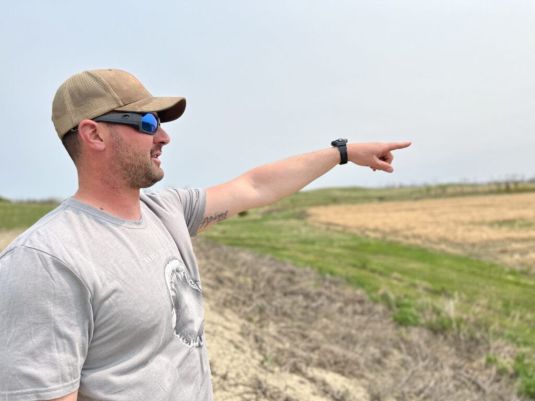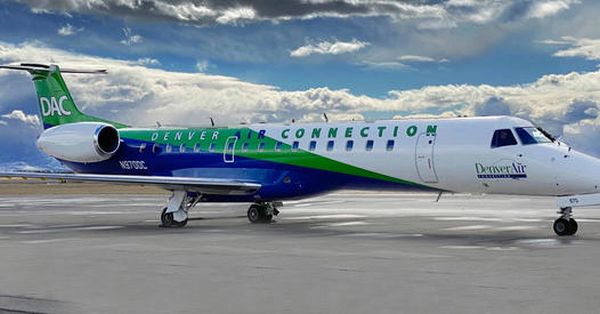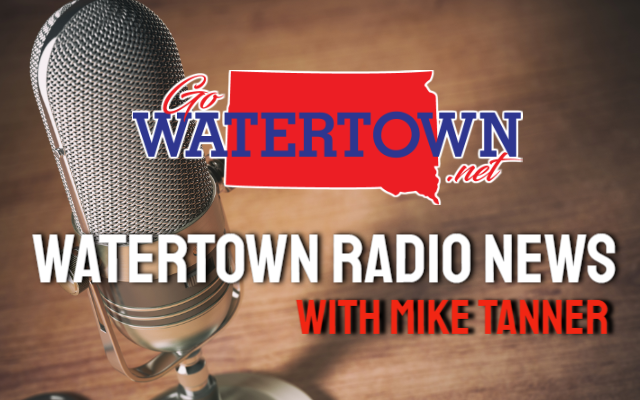Ducks become flashpoint in growing debate over resident vs. nonresident hunting

May 25, 2023
HECLA — Alex Russo never intended to start a hunting lodge and guiding service. But he was honorably discharged from the Marines about a decade ago after serving overseas and suffering knee and back injuries.
“Honestly, what I want to be doing is over there, serving with my brothers,” Russo said.
Russo always had a love for the outdoors and realized opening a hunting business would allow him to pursue his passion. He now owns 320 acres near Hecla, in northeastern South Dakota, where hunters come from around the country and pay his business $3,750 apiece to shoot ducks for three days in some of the country’s best habitat.
But as Russo and other hunter-entrepreneurs like him have found success, a concern has taken flight among some duck hunters. They say the growing influence of hunting guides and outfitters on wildlife management decisions is threatening the integrity of the state’s duck hunting traditions.
Some in-state hunters argue that efforts to attract more out-of-state hunters are jeopardizing the state Department of Game, Fish, and Parks’ other responsibilities to conserve public resources, support sustainable hunting practices, and provide public hunting access to South Dakota residents.
John Cooper, a former head of GF&P, said private hunting operations don’t have to take into account the importance of managing wildlife as a public resource, the value of hunting outside of its economic impact, or the importance of cooperating with Canada and Mexico to ensure the proper management of migratory wildlife.
“And they’re certainly not interested in science-based decision-making, because what they care about is getting heads in beds – ticket sales,” Cooper said.
Russo countered that some in-state hunters’ concerns are exaggerated. Some revenue from waterfowl hunting license sales – and all revenue from the required federal Duck Stamp – goes toward conserving waterfowl habitats. And given a decline in the number of people duck hunting, Russo said the revenue generated from nonresidents is helping make up for the funding GF&P and the U.S. Fish & Wildlife Service are losing.
The number of South Dakotans hunting ducks has declined from a peak of about 30,000 in 1998 to about 15,000 in 2021. Meanwhile, the number of nonresident hunters, which is subject to license caps, has fluctuated between 3,800 and 4,700 since 2012.
Russo blames the declining numbers on societal trends. He said kids would rather scroll social media than hunt. At the same time, he said, fewer resident hunters are taking the time to build face-to-face relationships with landowners who could grant them access to land.
“Cell phones and lack of face to face relationships are the problem,” Russo said.
Joshua Haiar with South Dakota Searchlight reports resident hunters blame additional factors for the decline. In 2017, Game, Fish and Parks surveyed waterfowl hunters. Over 70% of respondents reported being “very concerned” about a loss of hunting opportunities due to a loss of wetlands. One of the culprits is “drain tile” – perforated pipes in the soil to drain unwanted water, like seasonal wetlands, allowing farmers to plant more corn and other crops.
Additionally, some hunters say needing to get properly licensed and learn the rules of how, what, when and where to shoot ducks is a barrier to entry for people who did not grow up hunting.
The concerns of resident hunters flared up during a recent meeting of the GF&P Commission, a citizen panel appointed by the governor. The commission unanimously approved 100 more nonresident licenses to be used on private land in two areas of the northeastern corner of the state, and another 200 licenses to be shared among residents and nonresidents in a large area outside the northeast. Nobody testified in favor of the changes, and written comments opposed them by a ratio of 7 to 1.
“It’s about the process,” said Zach Hunke, with the South Dakota Wildlife Federation, an approximately 3,000-member advocacy and lobbying group for resident hunters.
Concerns about the process began after GF&P Secretary Kevin Robling met with Alex Russo prior to the proposal’s public introduction. Russo said department leaders told him about the proposal and told him the commission supported it. But Russo said “there was no dealmaking” between him and the GF&P.
Hunke said there is nothing wrong with Russo meeting with the department, but Hunke said the department failing to bring all stakeholders to the table is wrong.
“We didn’t get to give our input,” Hunke said.
Russo said the department and commission were already aware of the South Dakota Wildlife Federation’s opposition to more nonresident waterfowl licenses – pointing out that the Wildlife Federation has a monthly meeting with department leadership.
“The group has been opposing this issue since I can remember,” Russo said. “Everyone knows their view on this.”
GF&P did not reply to South Dakota Searchlight questions about the proposal.
During the public commission meeting, GF&P Wildlife Director Tom Kirschenmann said, “We don’t bring together stakeholder groups” for every licensing proposal.
Cooper told South Dakota Searchlight the issue is too contentious to bypass stakeholder input.
“It erodes trust with the public,” he said.
Out-of-state duck hunters have been controversial in South Dakota for more than 75 years. When World War II veterans returned to South Dakota and found nonresident duck hunters littered across their favorite hunting spots, they pressured the Legislature to take action.
In 1947, the Legislature banned nonresidents from duck hunting, but the ban was repealed in 1970. Debates ensued, ultimately resulting in a gradual increase in nonresident waterfowl hunting licenses.
And in 2014, the Legislature removed legal limits on nonresident licenses and passed control of licensing decisions to the GF&P Commission. That law also prohibits the commission from increasing license numbers by more than 5% of the previous year’s allocation.
The recent decision was the first time the commission has utilized the authority to increase nonresident duck licenses.
A few hundred more licenses for nonresidents may sound inconsequential among the nearly 20,000 resident and nonresident licenses sold, but “it’s a slippery slope for us,” said Mitch Richter, a lobbyist for the South Dakota Wildlife Federation, in public testimony about the license change.
George Vandel, a former GF&P wildlife biologist and Wildlife Federation board member, said people do not have to look far to see why privatized hunting’s growing influence is cause for concern.
“There are a whole lot of South Dakotans who feel like they’ve lost pheasant hunting to out-of-staters,” Vandel said.
Vandel said the rise of private hunting operations led to pen-raised pheasants being released and killed by the hundreds of thousands every year. He said the practice guarantees visiting hunters the opportunity to shoot a pheasant, but it erodes the traditional hunting ethic of stalking wild game.
“The state sold out pheasant hunting, no doubt about that,” Alex Russo said. But he added that, unlike pheasants, ducks are still a wild, limited natural resource with population numbers tethered mostly to habitat quality and weather conditions. Therefore, he said his business model supports science-based decisions.
“It’s not like I want to see unlimited nonresident license sales,” Russo said. “My business relies on there being a healthy waterfowl population out there. Some people do not get that.”
Additionally, Russo points out that while the state has control of the number of licenses that can be sold, the number of ducks a licensed hunter can shoot is controlled by the federal government.
Russo said some resident hunters are upset about losing access to land they previously hunted on.
In the past, many northeastern South Dakota landowners allowed local hunters onto their land for free, if they asked. However, as more licenses have been allocated to nonresidents, more landowners have found a financial opportunity in renting specific areas of their land for exclusive hunting rights.
While some residents, like Cooper, call the change “privatization of a public wildlife resource,” Russo said the decision is within a landowner’s rights.
“Renting out land for hunting can provide additional income for the landowner, which they can use for various purposes,” Russo said. “It’s not good or bad that that happens. It just is what it is.”
South Dakota’s next duck season runs from September to January.




